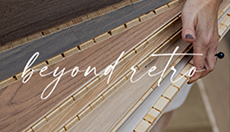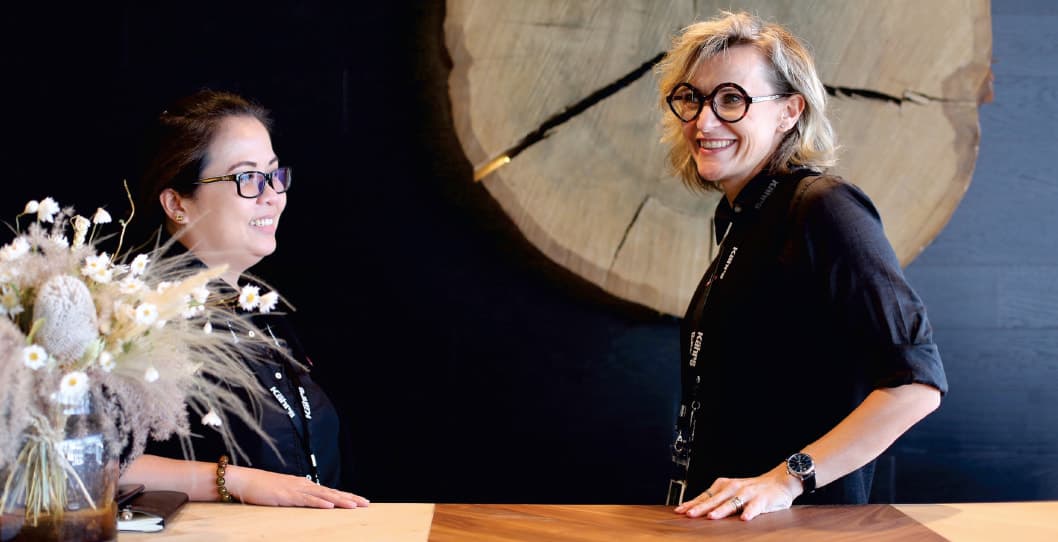How Do LVT Floors Compare To Solid Wood Floors?
March 7, 2022
In planning the interior of your space, you may find yourself asking: which is the best flooring option for me? This has been an age-old debate, especially if you are choosing between luxury vinyl tiles (LVT) or solid wood flooring. Although the two look similar, they are quite different when it comes to substance, durability, and cost. To help you answer this question and aid you in making a wise choice, let us compare these two flooring types.
In general, how are LVTs different solid hardwood flooring?
LVTs are man-made and are manufactured from raw materials. Due to modern printing technology, they now resemble solid wood floorings and give your space a natural look and feel. It is offered in various wood designs, and comes in stylish and trendy colors that can match the theme of your space.
On the other hand, solid wood floorings are 100% natural, each plank having been derived from a piece of wood that is air-dried before sawing. It is timeless and classic, and can be customized and hand-crafted according to your preference.
Installation
LVTs are usually easy to install. With the right tools, you can even do it yourself as each plank comes with a sticky back that can be glued straight to the floor. All you need is an absolutely clean and flawless surface, regardless of whether it is on concrete or any other existing flooring. On the other hand, solid wood cannot be installed above any other surface other than wood because of the nailing. To ensure accurate installation, professional help is recommended.
Cost
In most cases, natural materials always cost more than their man-made equivalent. This is also true for floorings. While both LVT and solid wood look the same, the latter is comparatively more costly. LVT can be manufactured in one location, while solid wood flooring undergoes a lot of processes such as harvesting, milling, finishing, and sometimes, handcrafting. It also requires professional installation, which may add to the cost of your flooring budget.
Durability
Generally, both LVTs and solid wood floorings are durable. Wood is naturally hard, while LVTs undergo meticulous processes to ensure that they are viable to use. However, situations per space may vary. Pet owners, for example, may prefer scratch-resistant flooring.
LVTs are known for their top coating that protects the layers from scratches and chips. They are also waterproof, which makes them an ideal flooring option in any part of your space, even in areas with constant change in humidity. However, because they are made of a less dense material, they can tear and dent when moving furniture or dropping large objects on the floor.
On the other hand, solid wood floorings are extremely stable depending on the environment of your space. If your environment is humid, the flooring can absorb moisture where molds can form and water-induced damages can happen, but if you place them on the less humid areas, solid wood can be surprisingly long lasting and durable. However, since they have less protective layers than that of LVTs, they may be prone to chips and scratches.
Your Next Step
LVTs and solid wood floorings have their own distinct characteristics. Although both can give your space a natural look, you must consider their differences to ensure that your space is not only aesthetically pleasing but also functional for your needs.
To find out what is best for you, look through the detailed flooring portfolio of Nordic Homeworx, a flooring company in Dubai, or seek flooring advice from their consultants, who will be happy to answer your questions.






